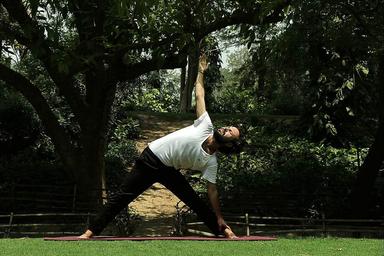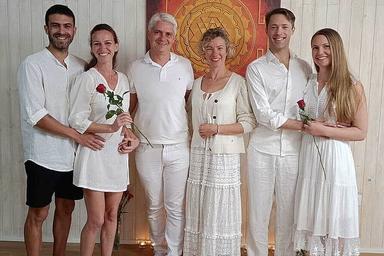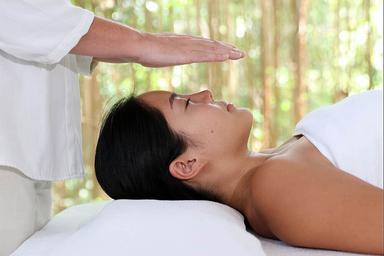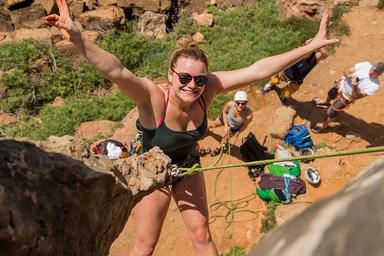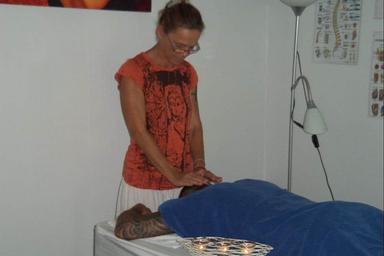
Low Lunge Pose (Anjaneyasana)
02 Sep, 2024
 Healthtrip
HealthtripThe yoga pose, known as Low Lunge Pose (Anjaneyasana), is a forward-bending pose that strengthens the legs and hips while stretching the front of the body. It involves stepping forward from a downward-facing dog position, bending the front knee to a 90-degree angle, and keeping the back leg straight with the toes on the ground. The torso is held upright, with the arms reaching forward or overhead. This pose is commonly practiced to build lower body strength, improve flexibility, and release tension in the hips and thighs.
Benefits
- Strengthens legs and glutes: The forward bend and knee bend engage the quadriceps, hamstrings, and glutes, building strength in these muscle groups.
- Improves hip flexibility: The deep bend in the front leg stretches the hip flexors, improving flexibility in the hips and groin area.
- Stretches the front of the body: The forward bend stretches the front of the torso, including the chest, shoulders, and abdominal muscles, relieving tightness and promoting better posture.
- Opens the chest and shoulders: When the arms are extended forward or overhead, it can help open the chest and shoulders, promoting a feeling of expansion and ease in the upper body.
- Boosts energy levels: The forward bend and deep breath work can invigorate the body and boost energy levels, making it a great pose to practice in the morning.
Steps
- Start in Downward-Facing Dog: Begin with your hands shoulder-width apart, and feet hip-width apart. Lift your hips up and back, forming an inverted V shape.
- Step forward with your right foot: Bring your right foot forward between your hands, placing it roughly hip-width apart from your left foot. Keep your left knee on the ground.
- Bend your right knee: Bend your right knee until it forms a 90-degree angle, keeping your shin perpendicular to the floor. Ensure your right knee does not extend beyond your right ankle.
- Lengthen your spine: Engage your core and lengthen your spine, keeping your torso upright. You can place your hands on your hips or extend them forward or overhead.
- Press your back heel down: Actively press your left heel down towards the ground, keeping your back leg straight and engaging your hamstrings.
- Maintain a balanced posture: Focus on maintaining a balanced posture, distributing your weight evenly between your front and back feet.
- Hold the pose: Breathe deeply and hold the pose for 5-10 breaths.
- Release the pose: To release, gently return to Downward-Facing Dog and repeat the steps on the other side.
Precautions
- Knee pain: If you experience knee pain, avoid bending the front knee to a full 90-degree angle. Instead, bend it to a comfortable depth, ensuring your knee remains aligned with your ankle.
- Tight hamstrings: If you have tight hamstrings, you may find it difficult to keep your back leg straight. In this case, you can bend your back knee slightly or place a blanket under your heel to support it.
- Hip or groin injuries: If you have any hip or groin injuries, avoid this pose or consult with a qualified yoga instructor before attempting it.
Suitable For
Low Lunge Pose is suitable for people of all fitness levels, with some modifications for beginners or those with injuries. It is particularly beneficial for those looking to improve their lower body strength, flexibility, and overall balance. This pose can also be helpful for releasing tension in the hips, thighs, and lower back.
When Most Effective
This pose can be practiced anytime, but it is particularly effective in the morning to energize the body or after a workout to stretch and cool down. It is best practiced after warming up the body with gentle stretches or a few sun salutations.
Tips
To enhance the benefits of this pose, consider the following tips:
- Engage your core: Actively engage your abdominal muscles to protect your lower back and maintain good posture.
- Experiment with arm positions: Try extending your arms forward, overhead, or keeping them at your sides to explore different variations of the pose.
- Use props: If you find it difficult to reach the ground with your back heel, place a block or folded blanket under it for support.
- Listen to your body: Pay attention to your body's signals and adjust the pose accordingly. If you experience any pain, stop and modify the pose.
- Practice regularly: Consistency is key to reaping the benefits of any yoga pose. Practice Low Lunge Pose regularly to improve your strength, flexibility, and overall well-being.
Most popular procedures in India
Wellness Treatments
Give yourself the time to relax
Lowest Prices Guaranteed!

Lowest Prices Guaranteed!
Related Blogs
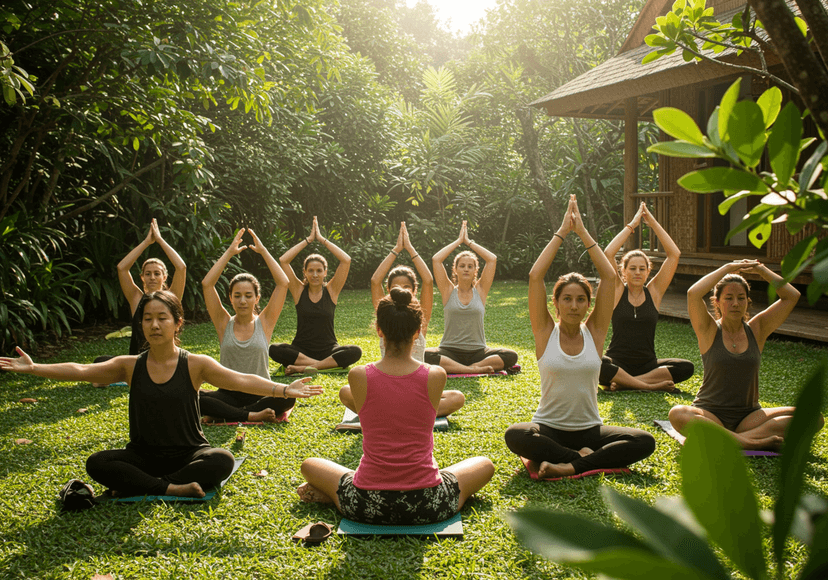
Healthtrip Adventures: Deep Dive into Thai Yoga, Meditation & Detox Retreats
Healthtrip.com
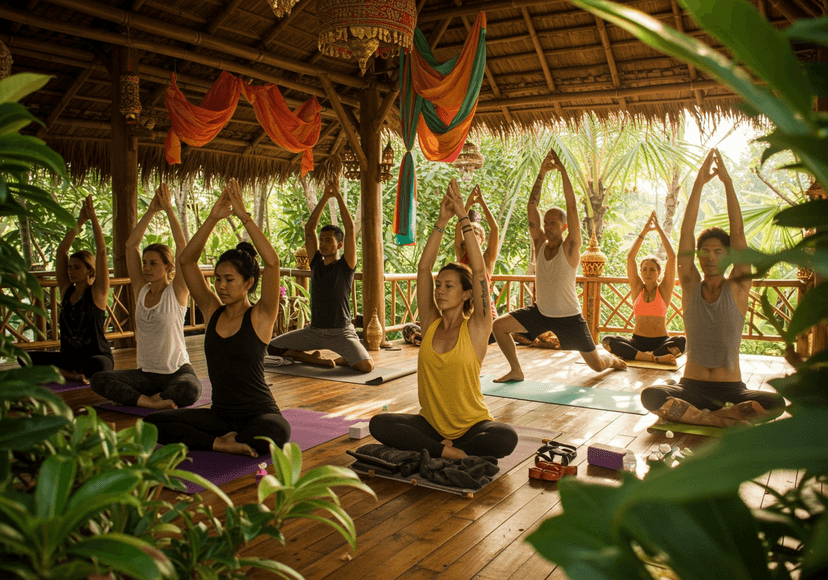
Healthtrip Adventures: Deep Dive into Thai Yoga, Meditation & Detox Retreats
Healthtrip.com
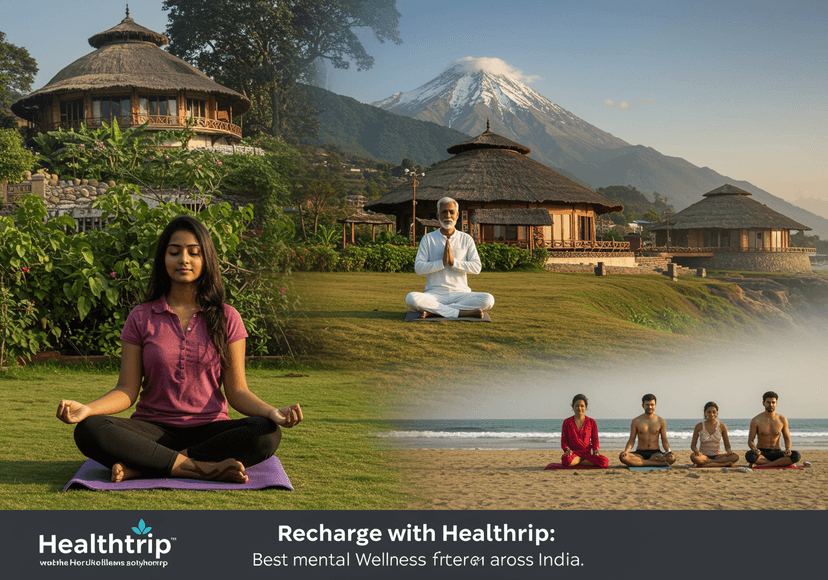
Recharge with Healthtrip: Best Mental Wellness Retreats Across India
Recharge with Healthtrip
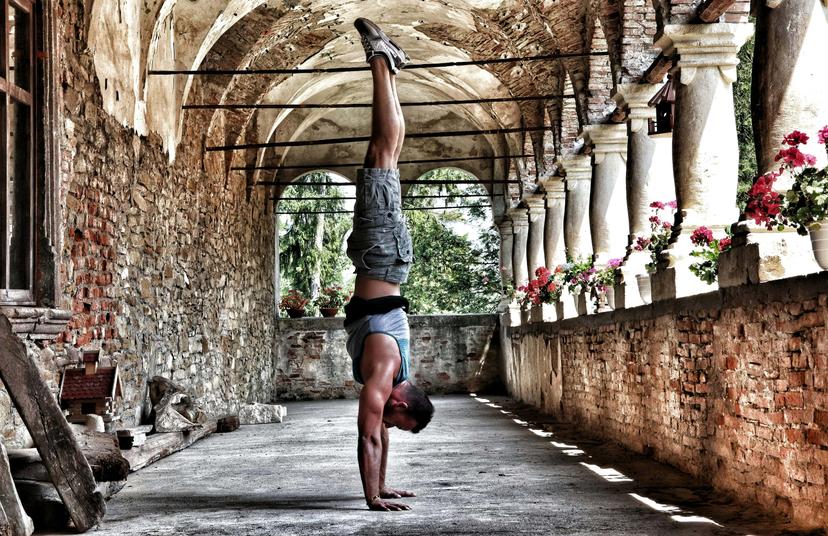
Handstand: An Inverted Yoga Pose (Adho Mukha Vrksasana)
A challenging arm balance that strengthens the upper body, core,
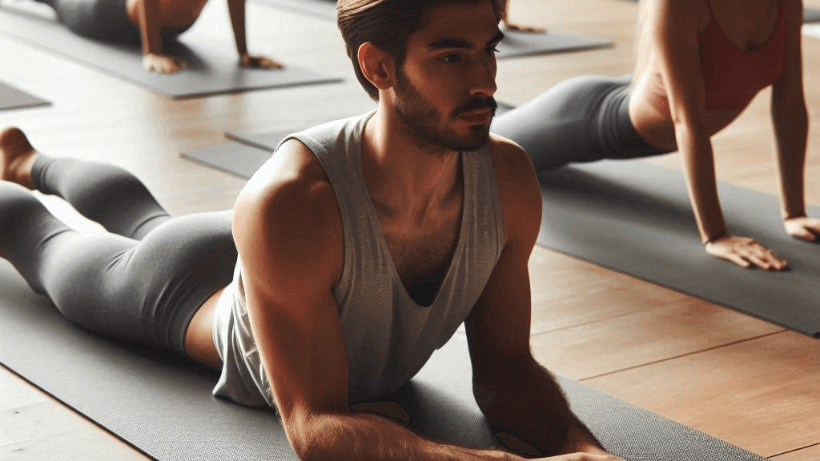
Sphinx Pose (Salamba Bhujangasana): A Gentle Backbend in Yoga
A gentle backbend that strengthens the spine and opens the
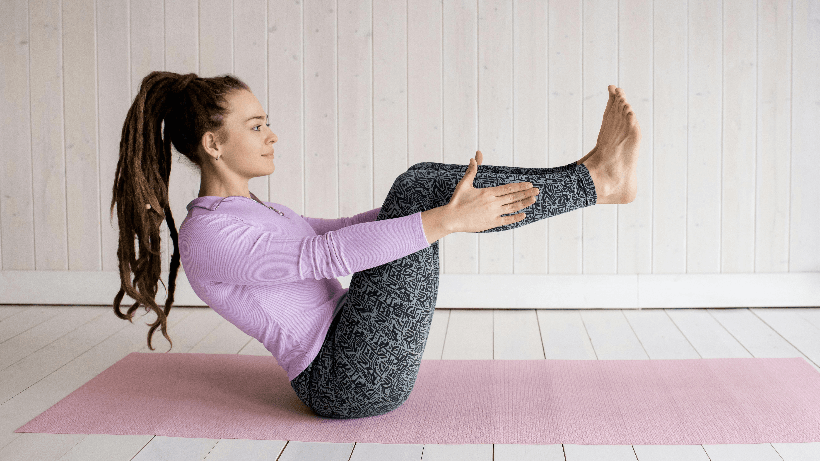
Boat Pose (Paripurna Navasana)
Boat Pose strengthens the core, improves balance, and stretches the





